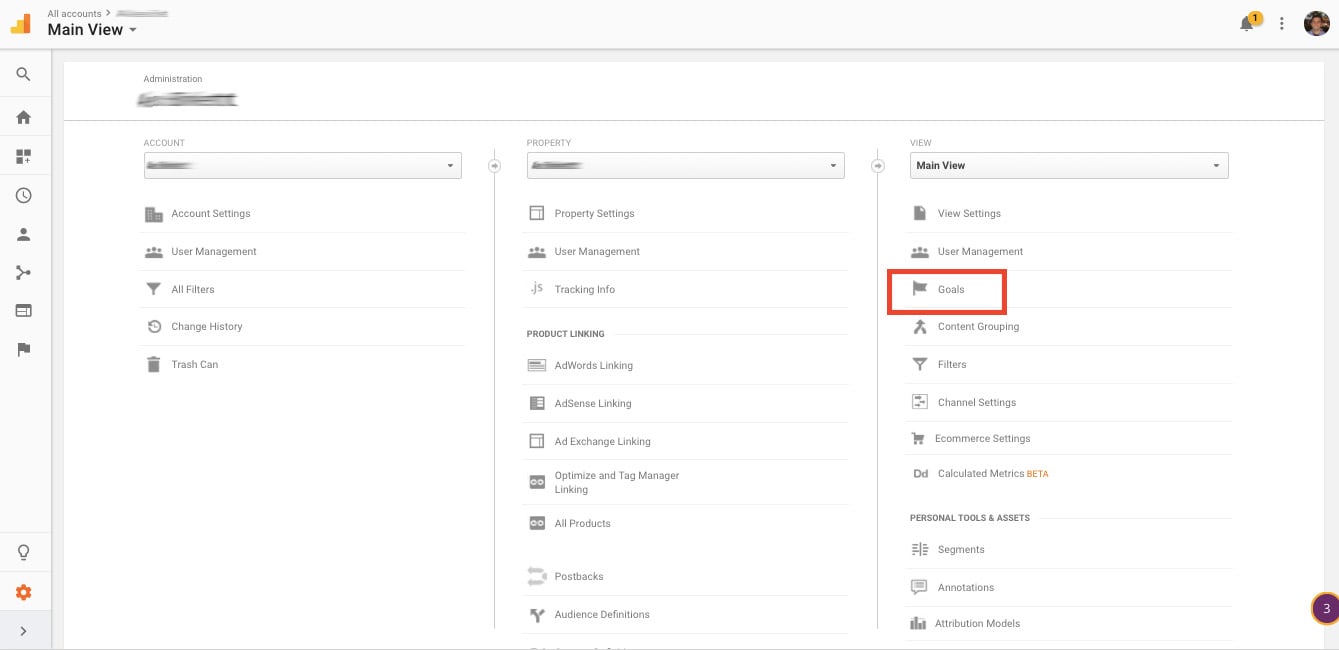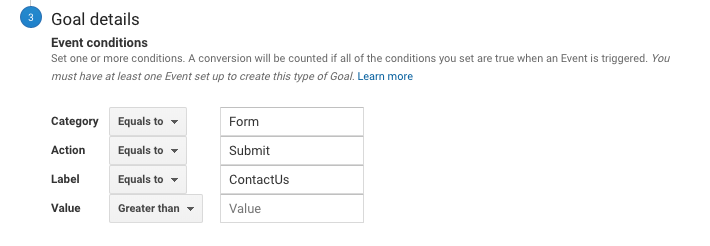What Data Is Google Analytics Goals Unable to Track and Why
What Data Is Google Analytics Goals Unable to Track and Why
Blog Article
Debunking Google Analytics Limitations: Uncover What Data Goals Can not Track
In the world of electronic analytics, Google Analytics stands as a powerful tool that gives important understandings into internet site efficiency and individual actions. From the ins and outs of user interaction with dynamic content to the complexities of cross-device customer journeys, these restrictions dropped light on areas that might continue to be obscured from typical analytics point of views.

Customer Interaction With Dynamic Content
Customer interaction with dynamic web content plays an important duty in understanding customer habits on internet sites and maximizing the total customer experience. Dynamic web content refers to aspects on a webpage that can transform without the need for a full page reload. This consists of interactive components such as pop-ups, sliders, kinds, and videos that reply to individual activities in real-time. By tracking customer interactions with vibrant web content, website owners can acquire important understandings into individual involvement, choices, and actions.
Google Analytics supplies various tools to track user interactions with vibrant content, such as event tracking and virtual pageviews. Event monitoring permits you to keep track of particular user actions, like clicking a switch or seeing a video, offering data on just how customers engage with dynamic aspects. Digital pageviews can be used to track interactions that do not bring about a brand-new page load, giving a comprehensive sight of individual interaction with vibrant content. By evaluating this information, web site proprietors can make enlightened decisions to boost individual experience and drive conversions.
Cross-Device Customer Journeys
Exactly how can modern-day analytics tools track the facility paths individuals take across multiple tools in their on the internet trips? Cross-device user trips present a substantial challenge for tracking and analyzing individual actions precisely. As customers communicate with websites or apps using different tools such as tablet computers, desktop computers, and smartphones, it becomes critical to understand exactly how they relocate between these systems to optimize user experience effectively.
Google Analytics faces restrictions in tracking cross-device individual trips as a result of personal privacy problems and technological restraints - what data is google analytics goals unable to track. While it can give insights right into private gadgets' interactions, tracking a seamless user trip across multiple tools continues to be an obstacle. This restriction can lead to incomplete data and fragmented user understandings, making it hard for services to develop a unified view of the customer journey
To resolve this problem, companies can utilize advanced analytics tools that use cross-device tracking capabilities, allowing them to obtain a much more alternative understanding of user habits. By leveraging these devices, services can bridge the void in tracking cross-device individual journeys and enhance their electronic methods for a seamless customer experience.
Offline Conversions and Attribution
As companies browse the obstacles of tracking cross-device individual trips, one more pivotal element to think about is the realm of offline conversions and acknowledgment in the realm of information analytics. While Google Analytics offers useful insights right into on the internet user habits, it fails when it pertains to tracking conversions that happen offline. This constraint positions a significant obstacle for businesses that have both online and offline sales networks.
Offline conversions, such as purchases made in physical shops or through telephone call centers, are necessary to recognizing the complete client trip. Without the ability to connect these offline conversions to details on-line interactions, services may have a hard time to properly measure the effect of their electronic advertising initiatives.
To address this space, organizations can explore alternate remedies such as integrating CRM systems More Bonuses with on-line analytics devices or using unique promotion codes that can be mapped back to on-line campaigns. By linking the gap between online and offline information, organizations can obtain a much more thorough understanding of their customers' behavior and improve their general marketing methods.
Individual Individual Recognition
In the world of information analytics, the capacity to precisely recognize individual users across numerous on the internet touchpoints is a critical challenge for companies seeking to personalize and enhance their marketing methods. While Google Analytics gives valuable insights into user actions and interactions, it falls short in enabling the recognition of details people due to privacy issues and technical limitations. Google Analytics uses unique identifiers such as cookies to track customer sessions and behavior, yet these do not relate to determining private users in an individual feeling.

Data From Secure Pages
In spite of the boosting prevalence of safe and secure web pages on sites, obtaining information from these encrypted sources provides an unique challenge for electronic analytics platforms like Google Analytics. Safeguard pages, suggested by HTTPS in the URL, encrypt data exchanged in between the user's internet browser and the site's web server to make sure personal privacy and safety. While this encryption is crucial for view it protecting delicate information, it also postures limitations for tracking individual actions and gathering analytics information.
Google Analytics faces challenges in accumulating comprehensive info from secure pages due to the encryption methods in position. As a result, certain data points such as reference resources, keyword searches, and even some individual communications may not be completely caught when customers access a website with a secure connection. This restriction can affect the precision and efficiency of the information analysis, resulting in voids in comprehending individual habits and choices on protected web pages.
To browse this obstacle, electronic experts might require to explore alternative tracking methods or leverage other tools particularly developed to gather insights from protected pages. By adapting methods to fit these limitations, businesses can still derive valuable analytics regardless of the restrictions provided by encrypted links.
Final Thought
To conclude, Google Analytics has restrictions in tracking customer communication with vibrant material, cross-device individual journeys, offline conversions, specific customer recognition, and data from protected web pages. These constraints impede a comprehensive understanding of customer actions and might result in gaps in information evaluation. In spite of its important insights, Google Analytics might not supply a total picture of customer interaction across various touchpoints. It click to read is essential for organizations to be familiar with these restrictions and think about supplemental tools for an extra holistic sight of their data.
User communication with dynamic material plays a vital role in understanding individual actions on sites and maximizing the overall customer experience. By tracking user communications with dynamic material, internet site owners can acquire valuable insights into customer engagement, preferences, and actions.
Google Analytics uses distinct identifiers such as cookies to track individual sessions and actions, but these do not correspond to identifying private customers in a personal sense.
As a result, specific information points such as reference resources, keyword searches, and also some user interactions might not be fully captured when individuals access a web site via a secure connection.In final thought, Google Analytics has constraints in tracking customer communication with vibrant content, cross-device user journeys, offline conversions, private customer recognition, and information from safe web pages.
Report this page